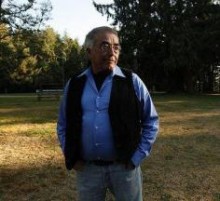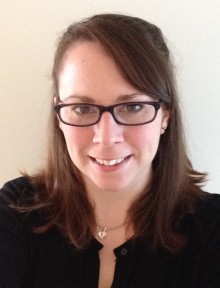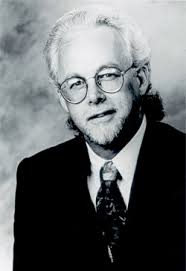 “The greatest danger for most of us is not that our aim is too high and we miss it, but that it is too low and we reach it.” Michelangelo
“The greatest danger for most of us is not that our aim is too high and we miss it, but that it is too low and we reach it.” Michelangelo
It is one of the most beguiling qualities of the experience of addiction: it sucks up everything of importance in your life and casts those cherished assets into the remotest reaches of one’s heart, leaving nothing but itself. This all occurs an inch at a time and second by second – increments so small they escape the category of decisions.
It is at the end of such a process that one cluster of fears stands greater than the full awareness of what has been lost. That is the terror of one’s own emptiness and the gaping nothingness of one’s future. Those latter breakthroughs of consciousness can fuel unending cycles of oblivion and sickness and take damaged souls to, or beyond, the brink of suicide.
These same fears pose a significant obstacle to recovery initiation. That’s why the promise of recovery must offer more than the removal of alcohol and other drugs from one’s life. For the person staring into the abyss, the promise of recovery to a life of meaning and purpose may be far more potent than the promise of recovery from addiction.














